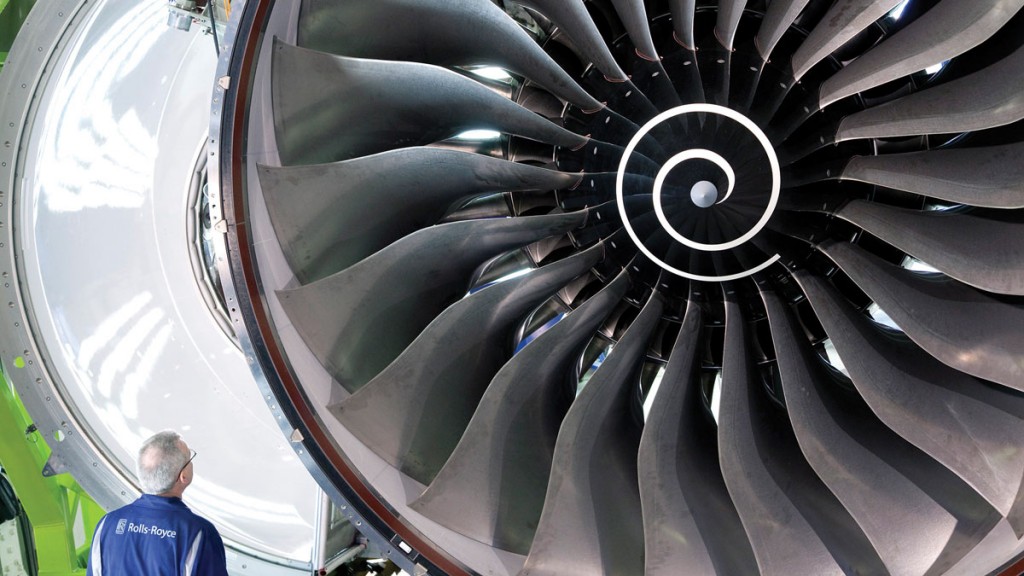
A new CEO hopes to get all engines firing again. But he has his work cut out, says Ben Judge.
Investors in Rolls-Royce have had to grit their teeth over the last few years, as the high-flying engine-maker plummeted back to earth with a bone-jarring bump, after numerous headwinds buffeted the company.
A decision to concentrate on the wide-body sector of the passenger airliner industry backfired when airlines started retiring long-haul craft earlier than expected. That also hampered plans to rely more heavily on long-term maintenance contracts, from which the company derives half its revenue. Meanwhile, the marine business has been hit by the contraction in the shipping and oil industries. And the defence arm has suffered as governments cut back on defence spending.
The company has suffered from a top-heavy management structure that left it bloated and unable to adapt to change, and the result has been five profit warnings in the space of two years. To make matters worse, it is being investigated for corruption in both the UK and Germany. So it’s not surprising that the share price tumbled more than 50% between the beginning of 2014 and February this year.
Since then, however, the shares have clawed their way back, and recently hit a one-year high as the company slowly attempts to turn itself around. A new CEO, Warren East, was appointed in July last year, and has axed 400 of its 2,000 management posts in a bid to make savings of between £150m and £200m a year.
As well as cutting management, East is hiring engineers. In March, Rolls-Royce announced it would employ 350 new workers at its Derby plant where the Trent XWB aero engine is made (although that comes after2,600 had been made redundant at its Derby and Bristol factories in November 2014).
The latest half-year results, published on 28 July, showed pre-tax profits falling by 80% as the company wrote down £2.2bn in currency hedges. Revenue was down by 5%. CEO East declared the first-half performance “broadly in line with expectations”, with the company’s preferred measure of underlying pre-tax profit rising to £104m, easily beating analysts’ forecasts of a £16m loss. The share price jumped by almost 20% on the news.
There are some bright spots. With MPs voting to renew the Trident nuclear submarine programme, Rolls-Royce is assured income for its nuclear division. And the firm hopes to be the nuclear power industry’s “white knight” if the Hinkley Point scheme is binned, says The Daily Telegraph; it has plans for a series of small modular reactors that could be built and deployed relatively quickly and cheaply. But on a forward price/earnings ratio of more than 25 times forecast 2017 earnings, the shares are not obviously cheap and East still has a lot to do to restore profitability and credibility.